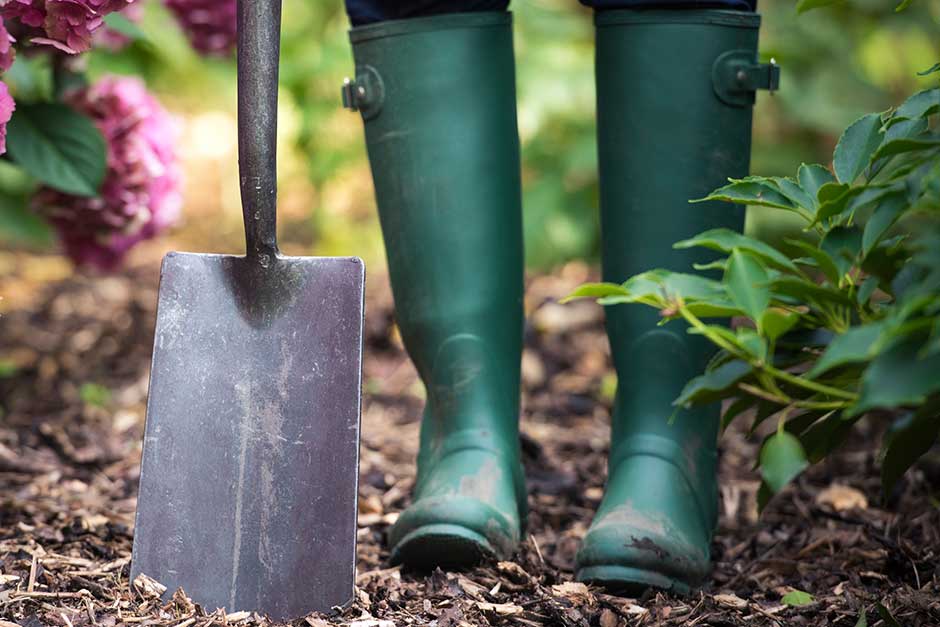
Introducing...
Agave
Common name: Century plant
Grown for their striking appearance, these sculptural succulents cannot withstand frost so are usually grown in containers in conservatories or greenhouses. Outdoors, they can be used in summer bedding schemes or in large containers to make a focal point.
Looks
Thick, firm, succulent leaves are pointed at the tip and can have spiny margins or curling, thread-like filaments. Most are greyish-green, sometimes edged with creamy white or yellow.
Likes
Agaves need very free-draining, gritty soil, in full sun. In containers, use cactus compost or other good quality compost with added grit for drainage.
Dislikes
Agaves dislike overly fertile soil, especially if permanently moist. They will not grow in shade.
Did you know?
Commercially, agaves have long been cultivated for their fibres (sisal) and to make alcoholic drinks, including tequila.
Growing guide

How to grow agave
All the information you need to grow agaves can be found in the RHS growing guide for cacti and succulents
Love gardening
Sign up to receive regular gardening tips, inspiration, offers and more
View our Privacy Policy
Get involved
The Royal Horticultural Society is the UK’s leading gardening charity. We aim to enrich everyone’s life through plants, and make the UK a greener and more beautiful place.